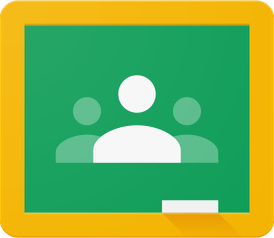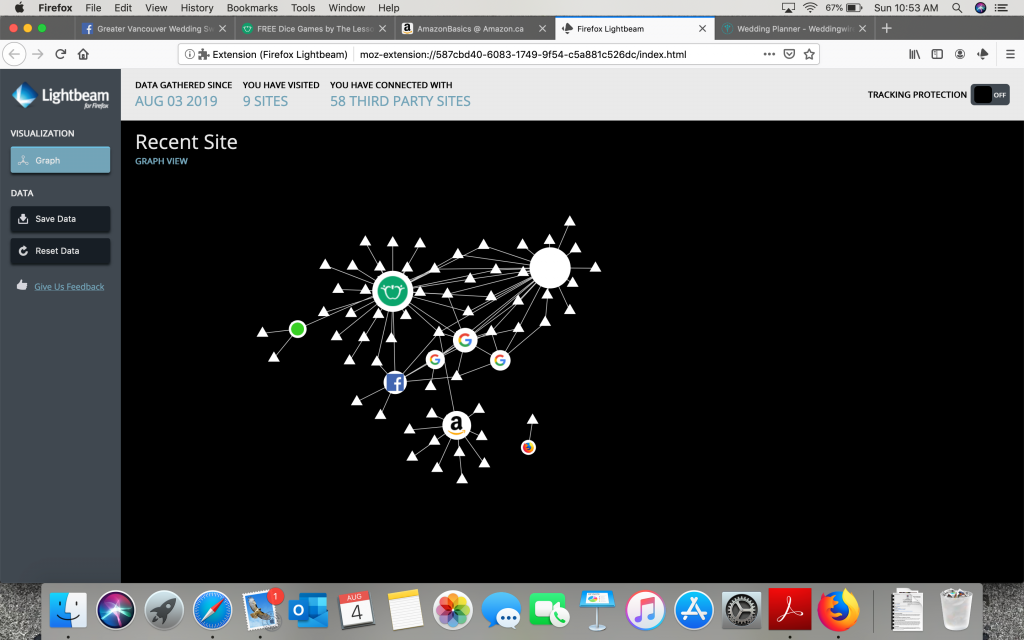
In the world of education there is a push towards online learning, digital literacy, and for teachers to understand and present opportunities for students to engage with online learning and various technological formats. With the progression of technology and the understanding that many teachers have not been trained with digital literacies and online courses, how can we implement more online training and digital education support for teachers to be successful in this digital age? Should this be something that we push for, or should there be a push back against this digital age in favour of traditional classroom learning?
Online teacher education can happen at various points in an educators career. Becker, Bohnenkamp, Domitrovich, Keperling, & Ialongo (2014), discuss what online professional development could look like for current teachers in their study about implementing a social emotional program. In the study, teachers learned the program material through an online course or in the traditional professional development style of an in person day long workshop. Misra (2014) reports on how an online teacher education program could be a solution to the teacher shortage that is currently happening in much of the world. Online learning offers flexibility and adaptability giving potential teachers the option to study through other work and family commitments at a pace that works for them. Graziano & Bryans-Bongey (2018) also look at the potential for online teacher education and training, while also discussing how new and preservice teachers are not properly trained in teaching online specifically.
Personally I love technology and all things digital. I have taken some fantastic online courses and participated in many different professional development webinars. I think that the digital world has opened access to so much more learning and connections with other educators than we had before this digital age. However, I am aware that not everyone feels the same way about the amount of technology in our lives, especially when it comes to learning and education. Misra (2014) suggests that the major benefits of an online teacher education program are flexibility with study hours because of work or family commitments, convenience for those who may not be able to easily travel to a campus, and it creates an opportunity for a change in perspective as students can connect and work collaboratively with others from all over the world (Misra, 2014, p.378). While all of these things seem fantastic, there are some drawbacks to online teacher education. What happens when the learning materials and technology become obsolete? How can we ensure that the learners are receiving the support they may need if they are unfamiliar with the technology?
Graziano & Bryans-Bongey (2018), thoughts fit in quite well with Misra’s (2014) arguments about online education for teachers. Graziano et al.(2018) takes a close look at teacher education programs and their lack of online teacher training. Their theory is that eventually all educators will be teaching online as all students will be opting for online courses rather than face to face courses. While I agree that teacher training programs should be implementing more technology integration courses, I do not believe that a computer will replace a classroom. Whether we like it or not, however, we are living in a digital age and the technology keeps advancing. I have seen teachers new and experienced struggle with technology integration but as educators we need to be able to use the technology available to us in an effective way to support our students in their learning. We should lead by example and demonstrate that we can explore and discover new ways to use technology in our lives, and in our classrooms.
“..Pre-service teachers will need to learn how to provide effective online instruction, since many of them will be called upon to teach in such environments.” (Graziano et al., 2018, p. 262)
While Misra (2014) argues for a world where teachers can receive their qualifications online, and Graziano et al.(2018) foresees pre-service teacher education programs with more focus on online teaching and learning, it can be noted that “more than half of the principals indicated they would be very concerned if a teacher candidate applied for a position with a degree earned wholly or almost wholly online.” (Graziano et al, 2018, p. 263), because there is a belief that an online degree is not as credible as a traditional degree. So is online education really the way to move forward, or is the stigma and social status attached to where you receive your education still too strong in our society?
Becker, Bohnenkamp, Domitrovich, Keperling, & Ialongo (2014), look at online learning in the education world in a slightly different way. They question the practicality and potential for having working teachers use online courses and workshops for professional development and program implementation education rather than sitting in 1-2 day long intensive meetings. Becker et al.(2014) share their findings that the online learning was just as effective as the in person learning according to the teachers and administrators that participated. I mentioned before that I love doing professional development online. I have access to a whole world of educators sharing their successes and failures with various programs, and webinars with the how to on implementing those programs at the click of the search bar. I have personally learned so much through my computer but I wonder if my colleagues would say the same. Something to note from the Becker et al.(2014) study is that each set of teachers were provided with support during and after the learning sessions regardless of which way they were presented with the information. So what would have happened if there wasn’t the support for technology or program implementation? I wonder if the results would be similar, or if the teachers feelings about digital learning would be more negative?
I do agree with all of the articles in the idea that society is moving fast toward a digital learning landscape and education as a whole needs to be able to keep up. We are not preparing our students for the same world we grew up in, or even the world we are in now, we are preparing them for a world of technology that doesn’t exist yet. Teachers have the unique position of needing to be able to show students that you can keep growing with the technology and keep learning about the new advances without it taking over completely. But how can we empower our teachers to take the leap into something that may be quite scary? Misra (2014) discusses that the initial training of some teachers to then go and educate others is a solution. In my school district, each elementary school has a technology ambassador. It is the job of the technology ambassador to have a good understanding of the technology being used at the school and assist in educating other teachers on how to use it to the best of its ability. I believe that this system of teachers helping teachers is the key to successful teaching in the digital age of learning.
References:
Becker, K. D., Bohnenkamp, J., Domitrovich, C., Keperling, J. P., & Ialongo, N. S. (2014). Online Training for Teachers Delivering Evidence-Based Preventive Interventions. School Mental Health,6(4), 225-236. doi:10.1007/s12310-014-9124-x
Graziano, K. J., & Bryans-Bongey, S. (2018). Surveying the National Landscape of Online Teacher Training in K–12 Teacher Preparation Programs. Journal of Digital Learning in Teacher Education,34(4), 259-277. doi:10.1080/21532974.2018.1498040
Misra, P. K. (2014). Online training of teachers using OER: Promises and potential strategies. Open Praxis,6(4), 375-385. doi:10.5944/openpraxis.6.4.155
Photo by Thomas Lefebvre on Unsplash
Featured Photo by Marvin Meyer on Unsplash







